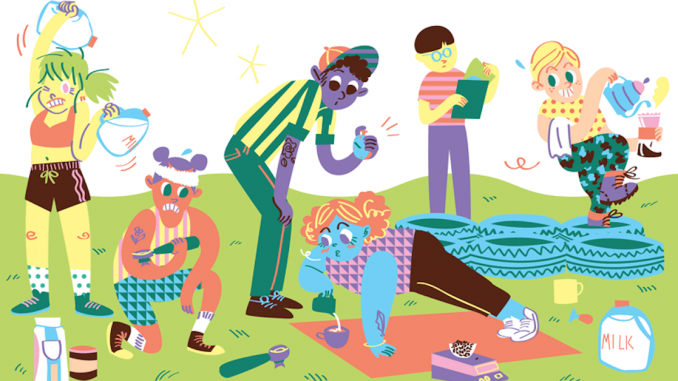
Illustration by Alabaster
Barista Training Camp, Weekly Series, Part 3: The Milk-Drink Round
BY ASHLEY RODRIGUEZ
SPECIAL TO BARISTA MAGAZINE
All I’ve done this week is stare at beautiful glassware that is in no way functional for competition, but I lust over it regardless. Like these hand blown Cabrillo glasses (http://www.quitokeeto.com/products/cabrillo-glass). I. Want. That. But onwards.


ABOUT THE AUTHOR
Ashley Rodriguez thought that she’d take a break from teaching middle school science and putz around in a coffee shop for a few months. She ended up digging it way more than teaching (and was vaguely better at it). After spending 5 years making coffee in New York, she now works for Sightglass Coffee in San Francisco. Follow her on Twitter at @ashcommonnam and be sure to use the #roadtoqualifiers hashtag when talking about this series online.






so creative!!